The views expressed in our content reflect individual perspectives and do not represent the authoritative views of the Baha'i Faith.
Every Roman Catholic who attended mass before 1967 remembers the opening words of the Latin mass:
Priest: Introibo ad altare Dei.
Server: Ad Deum qui laitificat juventutem meum.
In English, this means: I will go to the altar of God. To God, the joy of my youth.
Indeed, God was the joy of my youth. I was a devout Catholic and the first son of an Irish Catholic family, whose Catholic forebears had come to the United States during the mid-19th century potato famine in Ireland. Growing up, no one I knew had heard of the Baha’i Faith. I didn’t know anything about Baha’u’llah, the prophet and founder of the Baha’i Faith, or his message of unity.
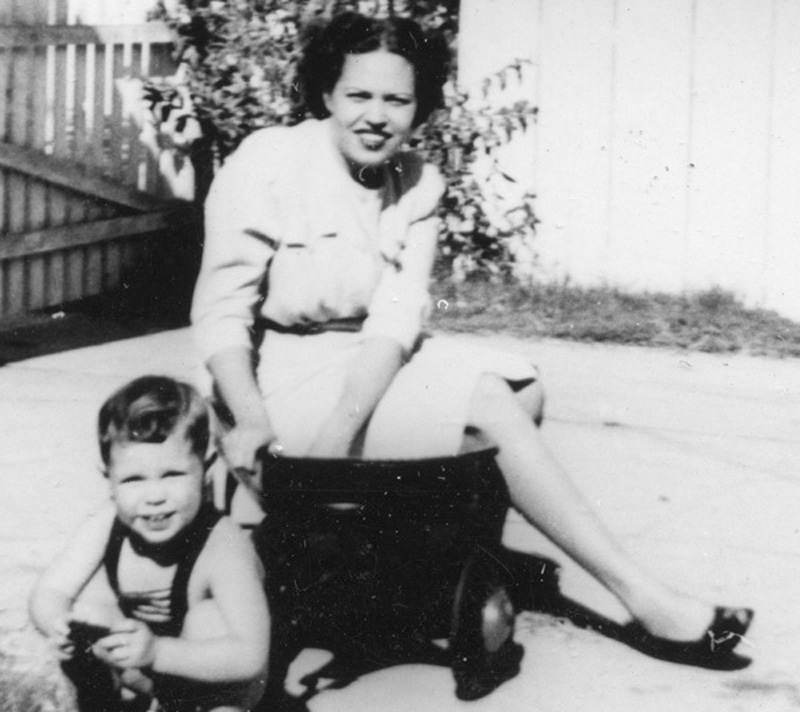
All my life, I had expected that the return of Jesus would be some glorious event, seen by people around the entire earth. The birth of Jesus in a stable in Bethlehem had not been an outwardly spectacular event, yet his life and teachings had ultimately transformed the entire world. I could not have predicted that one day I’d ask myself if the life and teachings of Baha’u’llah could do the same in our time, or that I’d move from being a Catholic to becoming a Baha’i.
Growing up, I served the priest during Catholic mass in the late 1950s from fourth through ninth grades at St. Mary’s Church in Minooka, Illinois, then a small village about 50 miles southwest of Chicago. At that time, Minooka’s population of some 300 people was all white, with two churches in town, one Catholic, the other Methodist.
Minooka was too small to have its own Catholic school, so every Saturday I attended Catechism class taught by a visiting nun at St. Mary’s Church. We studied the Apostle’s Creed, the Ten Commandments, the Laws of the Church, the deadly sins, and the holy virtues by which we should live our lives. It was an excellent foundational basis for understanding the teachings of the Catholic Church.
One summer, my friend Warren Gallinger, a Methodist boy who lived next door, asked me if he could see the inside of St. Mary’s Church. I was delighted to show him the sanctuary, the choir loft with its organ, and the small vestries where the altar servers and the priest put on their vestments for mass. He asked if I would like to see the Methodist Church, just a block away, but I declined because I had been taught that Catholics were not supposed to have anything to do with other churches or religions.
Then our family moved to nearby Joliet, Illinois, where I attended Joliet Catholic High School. Each year we had excellent classes in religion, taught by the Carmelite priests who ran the school. JCHS was an all-boys school at the time. Its 950 students were almost all white, except for one black student. My class schedule never coincided with his, and so I never knew him. However, in our religion classes, we were taught that the word Catholic meant “universal,” and that all people of all races were equally welcome to be Catholics.
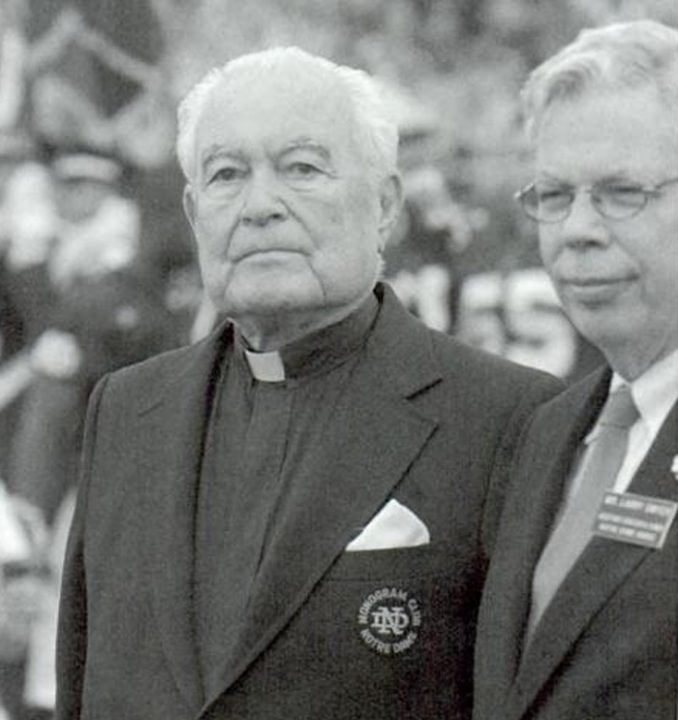
I continued my Catholic education at the University of Notre Dame. One of my favorite theology courses at Notre Dame was Apologetics, which meant defending the Catholic faith against attacks. Years later, I heard Father Theodore Hesburgh, by then retired as the University’s president, give a talk in which he lamented that Notre Dame no longer taught a course in Apologetics. That class was vital to me, both in knowing the religious heritage in which I was raised and understanding the theological reasoning by which the Catholic Church proclaimed that it was and is the authentic church begun by Jesus Christ.
At age 25, my life experience broadened. I fell in love with and married my wife Deborah, who was both African American and a Methodist. As a Catholic living and working in South Bend, Indiana, I was determined to have a Catholic wedding ceremony at the University of Notre Dame. I knew that a non-Catholic ceremony would be regarded as illegitimate by the Church and my Catholic family. The priests at Notre Dame suspected that my interest in marrying a Black woman who was not a Catholic might indicate some faulty thinking. To ensure that there was no religious impediment to our marriage, they required that I submit to a mental examination by a qualified psychiatrist. I passed the exam. At our wedding ceremony, I was permitted to receive the sacrament of Holy Communion, but Deborah was not because, although she was a baptized Christian, she was not a Catholic.

After our marriage in 1969, I went back to graduate school at the University of Illinois in Champaign-Urbana, Illinois. There I continued to attend mass at the Catholic Church on campus. Two years later, my wife Deborah’s father died in South Bend from leukemia. When she visited with him the night before his death, he reminisced about how quickly life passes. He talked about a few things he had always hoped to do but had not done. He advised her, if there was anything important she knew she should do, to not wait. Do it right away.
Inspired by her father’s words upon her return to Champaign, Deborah told me that she wanted to visit the local Baha’i Center. She had heard about the Baha’i Faith in high school, and it had lit a spiritual candle in her soul, but she had never investigated it. She did so, and two weeks later, she became a Baha’i.
I was in shock. It was one thing to have a wife who was at least a Methodist Christian, a faith whose members I had known as classmates since childhood. But it was entirely another thing to have her join a religion which I had never heard of and which she previously had never even mentioned. I wondered if it was some strange cult which would try to take all of our money — although on my meager graduate assistant’s salary there was very little money to take.
Nothing terrible like that happened, and we settled into a marital truce. I would attend Catholic services. Deborah could go to whatever it was that the Baha’is did, but I had no interest. She introduced me to a few of her Baha’i friends. They seemed like nice people, but I politely declined to socialize with them. One of these friends, a woman named Lucille Taylor, once asked me what my religion was. When I told her that I was a devout Catholic, she said, “Oh, that’s wonderful. Catholics make the best Baha’is because they have discipline.” Her comment infuriated me. How dare she think that I was even curious about the Baha’i Faith, much less interested in becoming a Baha’i.
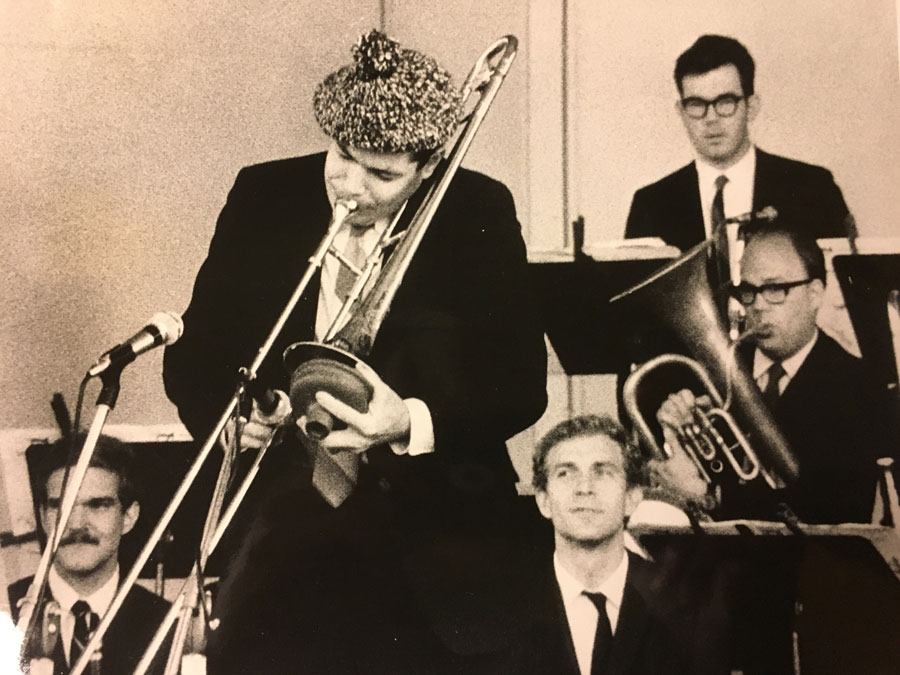
Deborah mentioned some of the Baha’i principles, such as the belief in one God, the unity of the entire human race, the elimination of racial prejudice, the harmony of science and religion, and the equality of women and men. I told her that these all sounded good, but as a Catholic, I already believed in these things, so there was no reason for me to investigate the Baha’i Faith. That was OK with Deborah. She explained that Baha’is believe in the independent investigation of truth and were not supposed to proselytize or impose their beliefs on others.
Four years later, in 1975, we were living about 60 miles west of Chicago in Sycamore, Illinois, where I taught at nearby DeKalb High School and did adjunct teaching at Northern Illinois University in DeKalb. Deborah happened to leave an interesting book sitting around. The author was William Sears, a former sports broadcaster and television host, who had been raised as a Catholic and later became a Baha’i. The book’s title was “Thief in the Night,” taken from the Bible verse, “But the day of the Lord will come as a thief in the night.” 2 Peter 3:10.
Out of curiosity, I began reading the book and became both shocked and intrigued. The book’s theme was that Christ has indeed come again, in the person of Baha’u’llah, the prophet and founder of the Baha’i Faith, who lived from 1817 to 1892. I remembered the Catholic acclamations in the Roman Missal, “Christ has died, Christ is risen, Christ will come again,” and “Lord Jesus, come in glory.” The word “glory” interested me because Baha’u’llah’s name in English is “The Glory of God.”
The book “Thief in the Night” was filled with more than 250 references to Bible verses, which the author William Sears quoted as a biblical basis for belief in Baha’u’llah as the return of Jesus Christ. However, Jesus had said, “Beware of false prophets, which come to you in sheep’s clothing, but inwardly they are ravening wolves. Ye shall know them by their fruits.” Matthew 7:15-16.
I also knew that many people quote the Bible out of context. So I decided to use both my Catholic Bible and Deborah’s King James Bible to look up each and every verse quoted in “Thief in the Night” to see if its meaning had been distorted or taken out of context. The result of this investigation was astonishing. Not only were the quotations accurate, but when read in context, they supported even more fully the claims of Baha’u’llah.
In both English translations, those quotes told of Baha’u’llah’s name, the time of his coming, his sufferings, the places to which the Persian religious leaders exiled him, and even the place, near Mt. Carmel in the Holy Land, where he had completed his life.
But I remained skeptical. Dennis and Sharon Bakula, a young married couple who had become friends of Deborah, were Baha’is that lived in DeKalb. They had weekly discussions about the Baha’i Faith, calling them “firesides,” although they lived in a small home with no fireplace.
For several weeks I went to these fireside meetings. Based on my Notre Dame course in Apologetics, my avowed purpose was to ask tough questions to reveal the flaws in the Baha’i Faith and show that it was actually a false religion. I remembered the warning of Jesus to “Beware of false prophets.”
Among the dozens of questions I had, one of the most important was to ask Dennis and Sharon to explain this famous quotation from Jesus: “I am the way, the truth, and the life: no man cometh unto the Father, but by me.” John 14:6. They replied with two quotations from Jesus and then a detailed explanation from Baha’u’llah himself.
Jesus said, “He that believeth on me, believeth not on me, but on him that sent me.” John 12:44. Obviously, the one who sent Jesus was almighty God himself. Jesus also said, “For the Son of man shall come in the glory of his Father.” Matthew 16:27. I realized that “the glory of his Father” meant “the Glory of God,” which was actually the English translation of the name of Baha’u’llah.
The explanation from Baha’u’llah was, “All the Prophets are the Temples of the Cause of God. Wherefore, should one of these Manifestations of Holiness proclaim saying: ‘I am the return of all the Prophets,’ He, verily, speaketh the truth. In like manner, in every subsequent Revelation, the return of the former Revelation is a fact, the truth of which is firmly established.”
Everything came down to three basic questions:
- –Do I believe in Jesus Christ?
- –Did Jesus prophesy that he would return?
- –Did Baha’u’llah fulfill that prophecy?
The answer to each of those questions was “Yes.”
The next question was to investigate what Baha’u’llah had taught. Could his teachings change the world in the way Jesus had done? Jesus had said, “Beware of false prophets,” but he did not say that all prophets were false. He said, “Ye shall know them by their fruits.”
What were the fruits of Baha’u’llah? They were summarized in what Baha’is call the three onenesses:
- –The Oneness of God. There is only one God.
- –The Oneness of Religion. The one God has given humanity all the true religions.
- –The Oneness of Humankind. All races and peoples are equally part of God’s family.
And Baha’u’llah’s teachings are exactly what God would want now for all of humanity:
- –Equality of all races.
- –Equality of women and men.
- –Elimination of all forms of prejudice.
- –Harmony of science and religion.
- –Universal education.
- –Independent investigation of truth.
- –Universal auxiliary language.
- –Obedience to government and non-involvement in partisan politics.
- –Spiritual solutions to economic problems.
- –World peace through collective security by democratically elected governments.
I completed my investigation. Intellectual honesty led me to one conclusion: The Baha’i Faith was true. Becoming a Baha’i was not a rejection of Jesus and the Catholic Church, anymore than going on to college at the University of Notre Dame would have been a rejection of Joliet Catholic High School.
The Baha’i Faith is the true religion of God for this day. Baha’u’llah’s message is one of unity. As Baha’u’llah wrote more than a century ago: “The well-being of mankind, its peace and security are unattainable unless and until its unity is firmly established.”
Consequently, at Thanksgiving in 1975, I joined the Baha’i Faith. We must each do our own independent investigation — asking questions, and using the vast resources available to everyone in this day to find the answers. Be honest, be open, and enjoy your spiritual journey.


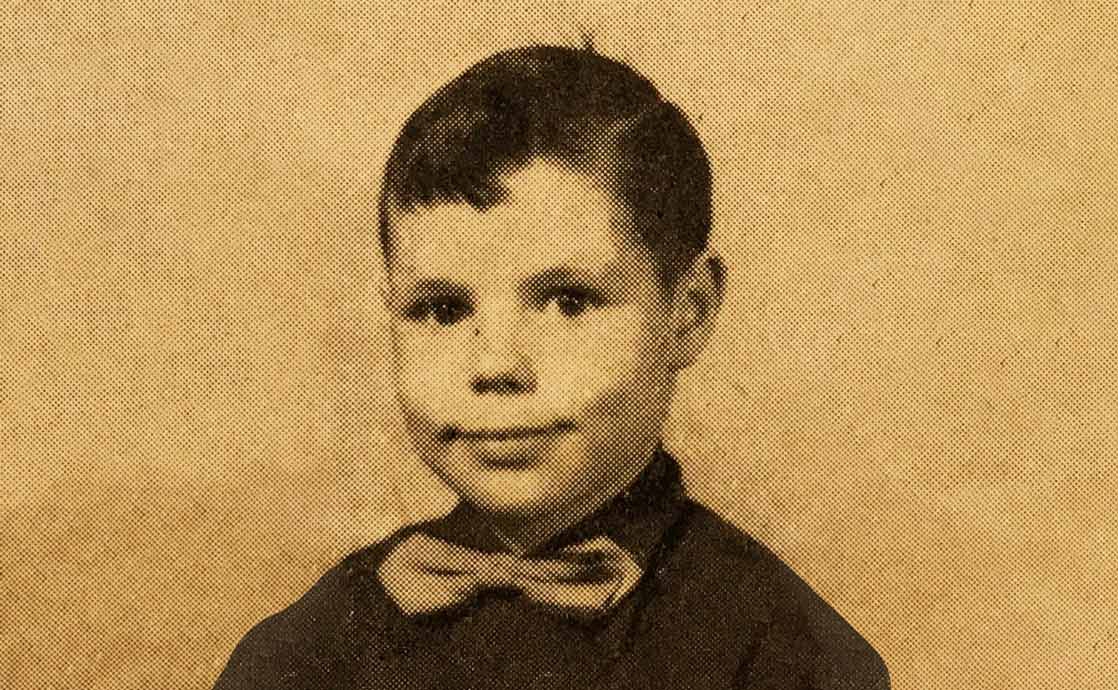

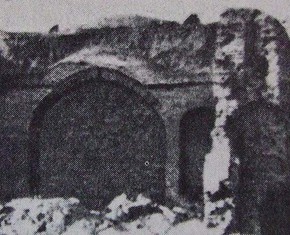

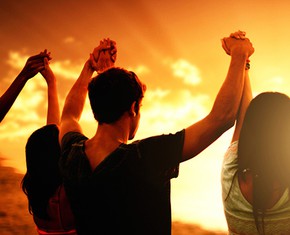









Comments
Sign in or create an account
Continue with Googleor